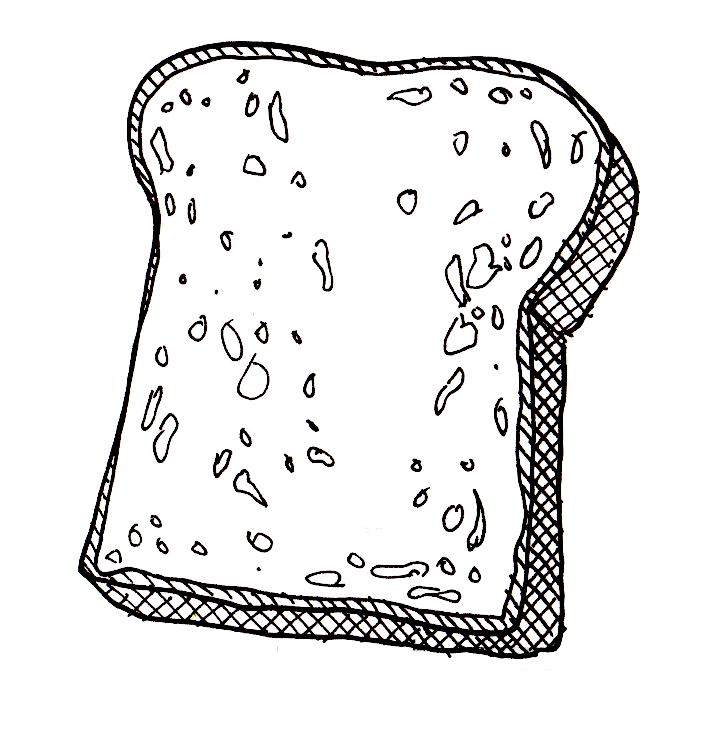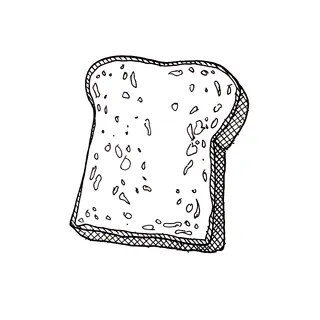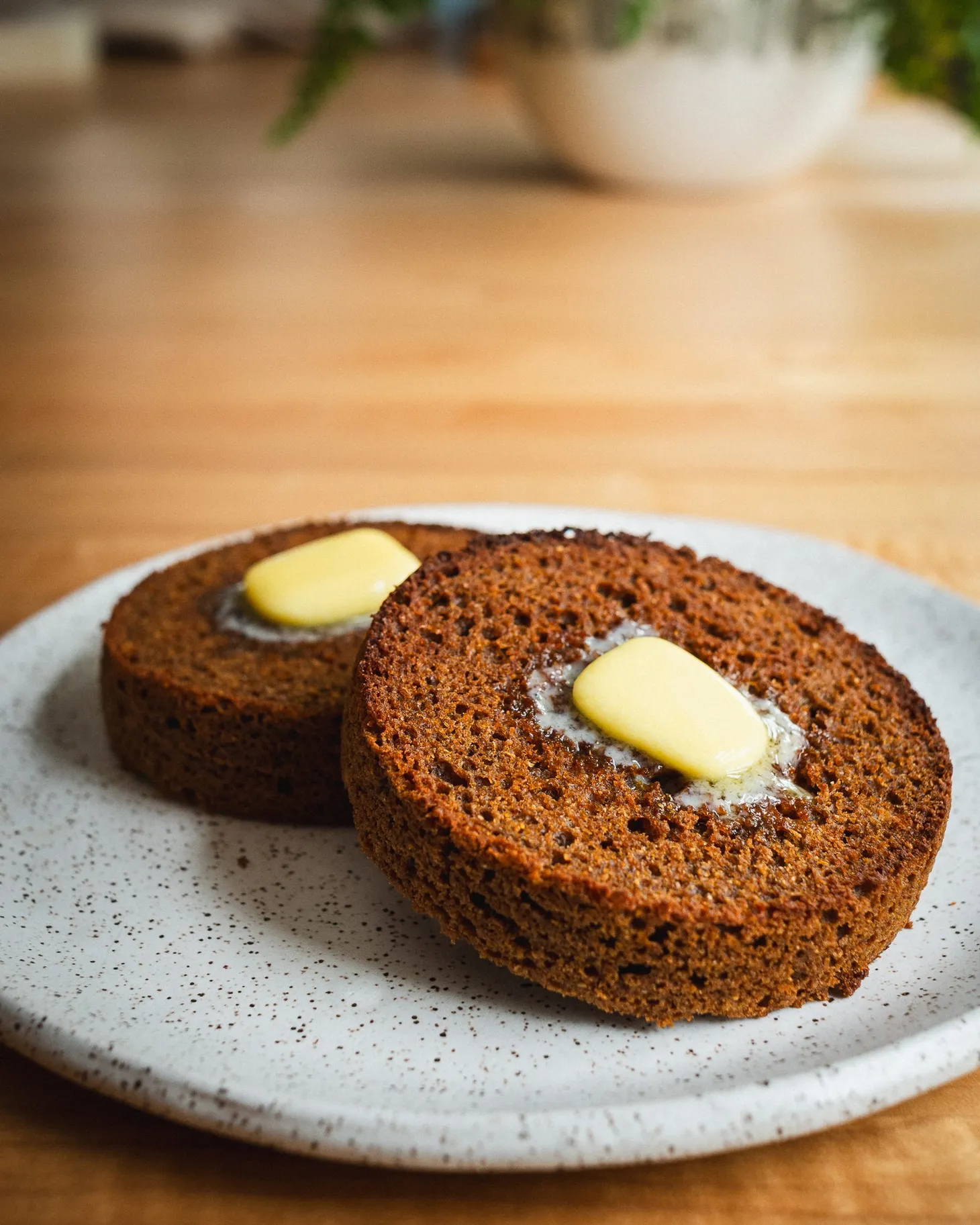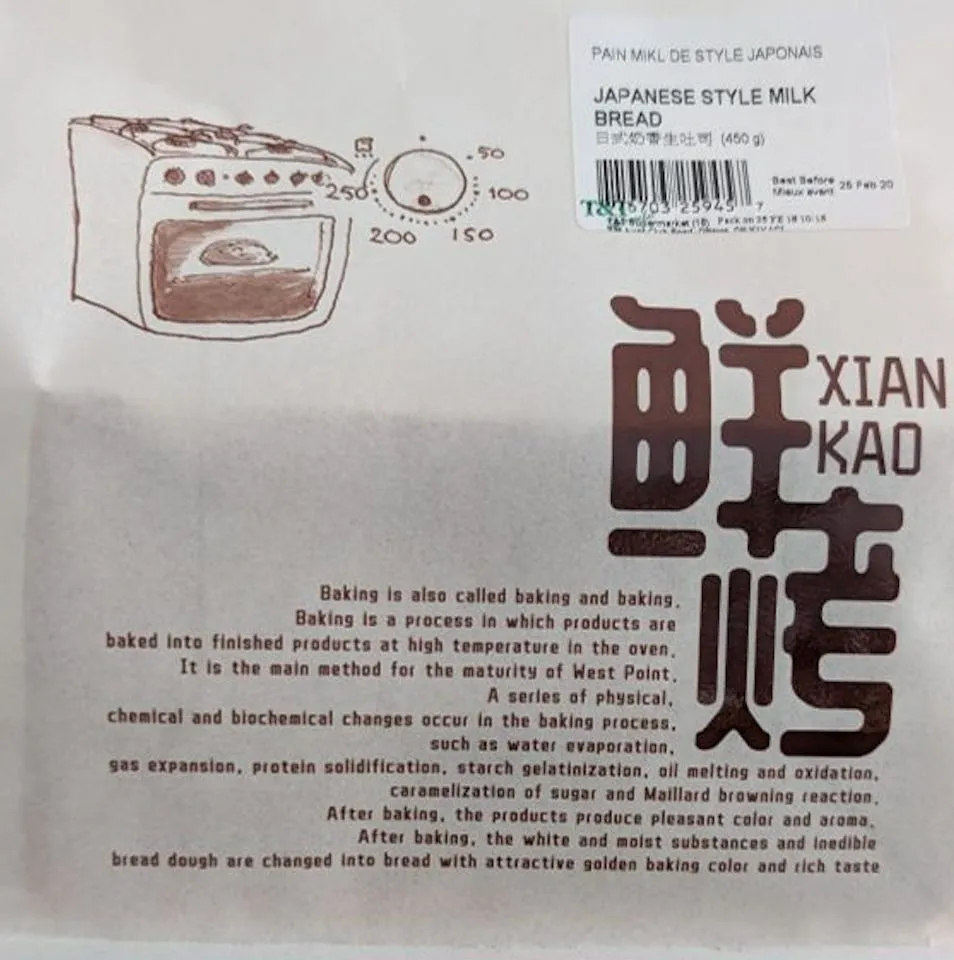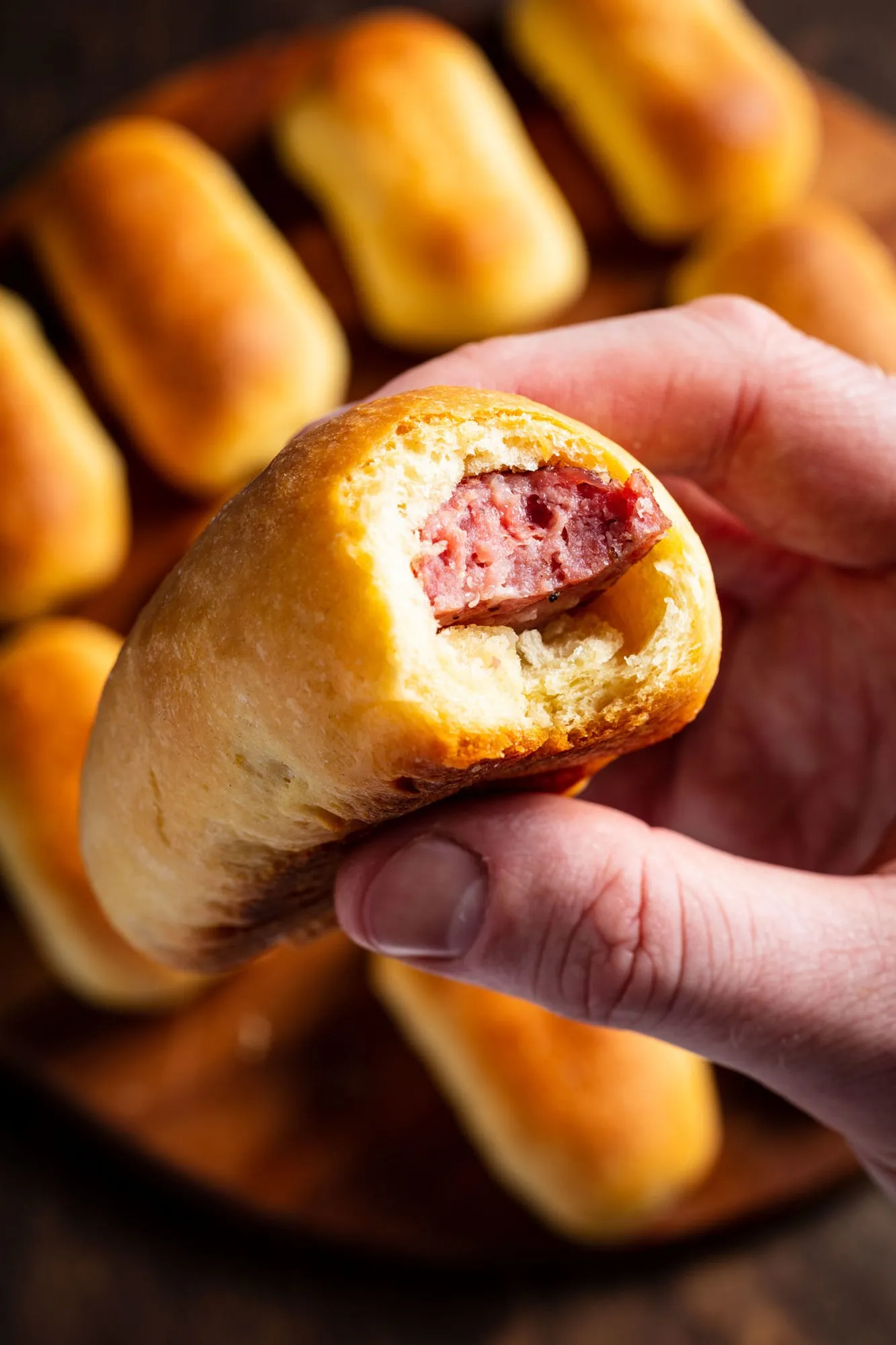The Acid Test
On sourdough enriched breads
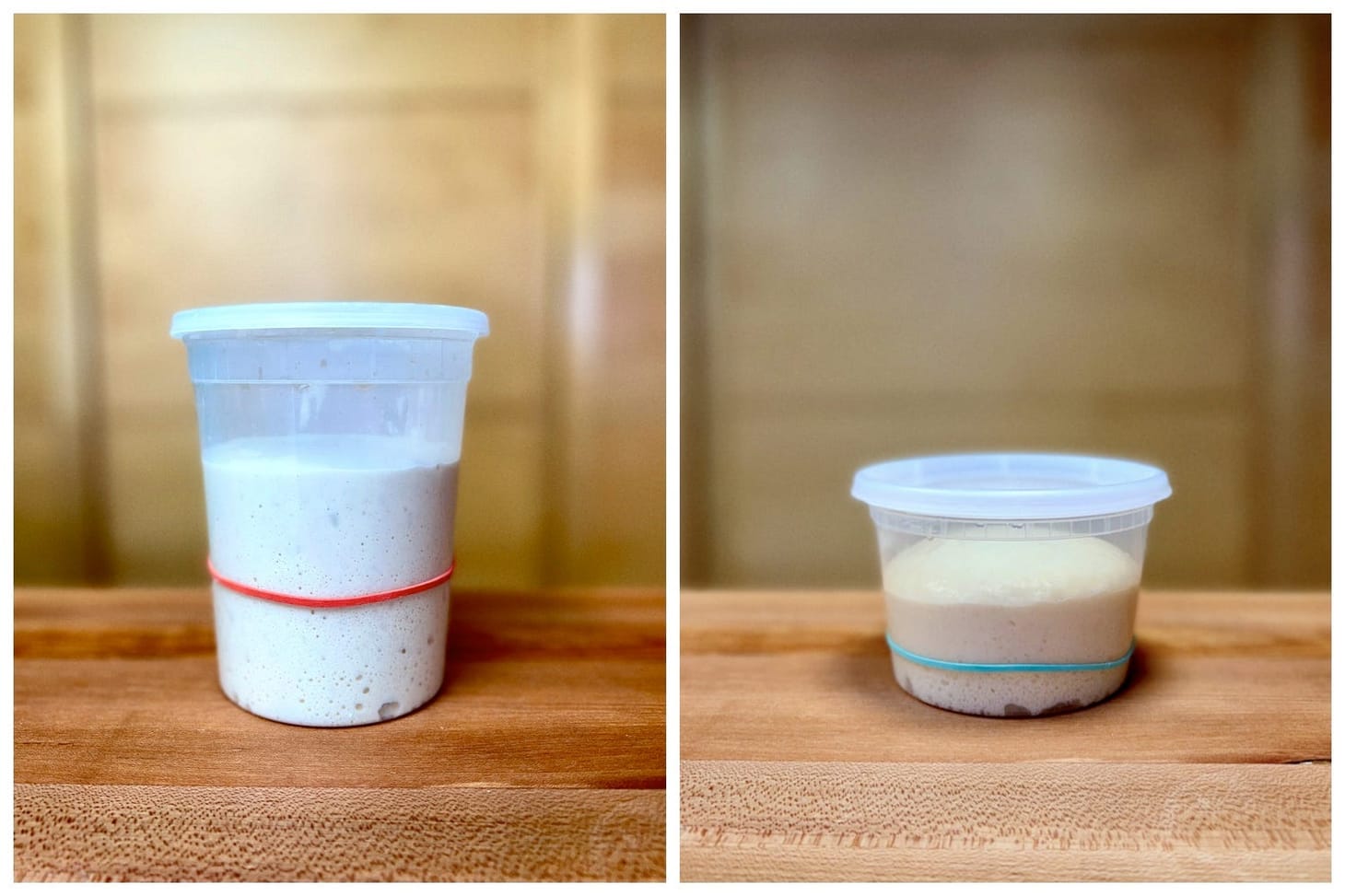
Table of Contents
As I mentioned on Monday, I finally worked up a sourdough choreg recipe that I am happy with. I have been slow to embrace sourdough for sweet enriched doughs for a couple of reasons. One, they are more complicated to produce than similar yeast-leavened doughs, especially at first glance. And two, I was never sure the reward was sufficient for all that extra effort. Under normal conditions, sourdough cultures produce more acid in the presence of sugar, and I’m no fan of sweet breads with a strong tang to them. It always seemed like yeast was the better choice, both for convenience and for flavor.
But I have recently come around, and enthusiastically so: I realized that when done properly, sourdough enriched breads require no more—or not much more—work than yeasted ones. And (again, when done properly) the tang can be tamed, and what acidity remains actually enhances the flavor of the bread. Moreover, the acids—as they do in all sourdoughs—add structure to the dough, something that is especially helpful with fragile, highly-enriched doughs.
The sweet stiff levain
By “done properly”, I mean utilizing something many people refer to as a sweet stiff levain. This is a levain that has a precise amount of water and sugar in it—50% hydration and 22.5% sugar, relative to flour, and 13% sugar, overall—in order to slow down the growth of lactic acid bacteria and favor the growth of the yeast.
I don’t totally understand the science here yet, but the idea is that this amount of water and sugar increases the osmotic pressure within the levain, causing the growth of the bacteria to slow significantly, while the yeast remains largely unaffected. (This process works best with sucrose specifically, meaning you need to use granulated or brown sugar here, and not other sweeteners like honey.)
The use of the sweet levain is a technique borrowed from panettone making, an Italian sweet bread that has a few interesting characteristics. One, it was traditionally and is still usually made with a sourdough culture and not yeast. Two it is extremely sweet, without being at all unpleasantly sour. And three, it is known for staying soft and fresh for ages, despite the high concentration of sugar. (Sugar in bread tends to make them stale more quickly, since they draw water away from the starches, causing them to crystallize. This last effect isn’t something I’m necessarily looking to produce with my own sourdough enriched breads—especially since I usually use a tangzhong to prevent staling already—but I’ve definitely noticed that they keep for a lot longer than yeasted ones. There’s science here that I will go into in a future post.)

The sweet levain I described above is a much simplified version of the the panettone levain method, but it works very well nonetheless. (I have an expert panettone baker lined up as a guest poster later this year, so stay tuned for all the intel.) If you want to dig into all this yourself in more detail, I have two books to recommend. The first one—Sourdough Panettone and Viennoiserie—is very technical (and very expensive), but it is definitely worth getting your hands on if you have the desire to know more. The second, Modern Sourdough: Sweet and Savoury Recipes from Margot Bakery, while it doesn’t go into the science behind sweet levains, the recipes it presents are reliable and solidly grounded in proper principles.
Slow Baking
Before I outline how to create a sweet stiff levain, I want to talk about how the process of making sweet sourdough breads differs from that of other sourdoughs. The biggest difference is in the pace of fermentation; sweet sourdoughs are very slow to proof, which requires a different sequence of steps relative to other sourdoughs or yeasted doughs. Understanding this difference is the key to success with them, I believe.
By comparison, consider my yeasted choreg recipe, which follows the procedure I use for most yeasted enriched breads: It starts with a 2 to 3 hour bulk fermentation at room temperature, followed by a 12 hour bulk cold proof to develop flavor; after shaping, the loaves proof for about 2 hours before they are ready to bake. (The cold proof is something I like to do, but it isn’t necessary, which means the loaves could go from mixing to baking in less than 8 hours, really.)
Or most of my lean sourdoughs: A 6 to 12 hour bulk fermentation, followed by a 12-hour-plus shaped cold proof before baking. (Again, the cold proof is optional, so it doesn’t really count in terms of actual time.)
Now contrast that with enriched sourdoughs: With sweet levains, the bulk fermentation is short—3 to 4 hours, after which you likely won’t see much activity in the dough1—while the subsequent shaped one, done at room temperature, is at least 12 hours, and often much longer. Because the final proof is done at room temperature, there isn’t as much of a window for baking the bread, so you need to schedule everything so that you are ready to bake when the bread is. (The good news is that I’ve sorted out a simple way to slow fermentation down in the early stages so that you can “set” the later bake time to a convenient moment. You’ll still need to be deliberate in when you start the process, but it’s easy to avoid having to bake the bread in the middle of the night, unless you are into that sort of thing.)
If all of this sounds complicated, don’t worry, it really isn’t. It is different than what you are probably used to, but will seem straightforward once you have a few practice loaves under your belt.
Building a Sweet Levain

Before you can mix your dough, you’ll need to build and proof the sweet stiff levain, which takes from 6 to 12 hours. (It can be held in the fridge for up to 12 hours before use if needed.) And before that, you’ll need to refresh your levain and make sure it is good and active.
In case you were wondering, this procedure does not work with refrigerated levain, so don’t try that. And while you can hold a sweet stiff levain in the fridge for a short while in the fridge before use, you can’t use it to make a new batch; you need to start with a liquid levain each time.
Here’s what the overall timeline looks like:
- Proof the 100%-hydration levain until at least doubled (4 to 6 hours, or overnight)
- Proof the sweet stiff levain until at least doubled (6 to 12 hours)
- Bulk fermentation (3 to 4 hours)
- Final shaped proof (12 to 15 hours)
- Bake
As for the sweet stiff levain build recipe below: Because in this case you are converting one hydration of levain to another, I’ve given both absolute and relative formulas, for reference; the overall one is the one you use in practice. And because I find it confusing to sort out the math for specific amounts of levain here, I instead use a 100g recipe that is easily scaled up as needed. (In other words, if you need 250g, just make a 3x version and discard the extra 50g.)
Once you have a sweet stiff levain, you can use it in my sourdough choreg recipe, which should land in your inboxes later this morning.
—Andrew
Sweet Stiff Levain Recipe
Makes 100g levain (or any multiple of that)
- The sweet levain can be used after it has doubled in volume or up to the moment it has tripled, hence the 6 to 12 hour window.
- Be sure to use refined high-protein all purpose or bread flour here; whole grain or high-extraction flours are likely to muck with fermentation times.
Overall Formula (absolute)
bread flour 100%
water 50%
sugar 22.5%
Overall formula (relative to flour)
bread flour 100%
100%-hydration levain 50%
water 36%
sugar 28%
Levain (per 100g)
47g bread flour
23g just refreshed 100%-hydration levain
17g water
13g sugar
Method: Combine water, sugar, and levain in medium bowl and stir until combined and sugar is dissolved. Add flour and knead by hand until even in texture. Cover bowl and let sit at 75 to 80˚F until at least doubled in volume, 6 to 12 hours. Use immediately or refrigerate for up to 12 hours before using.
This is another way that sweet sourdoughs differ from lean ones: When you shape lean sourdoughs, the dough is always highly active. In sweet sourdoughs, you shape them long before the culture really wakes up. As a result, the dough is a little more slack, so I’ve found it best to build more structure in the dough with folds and/or to reduce the hydration slightly. ↩
wordloaf Newsletter
Join the newsletter to receive the latest updates in your inbox.
